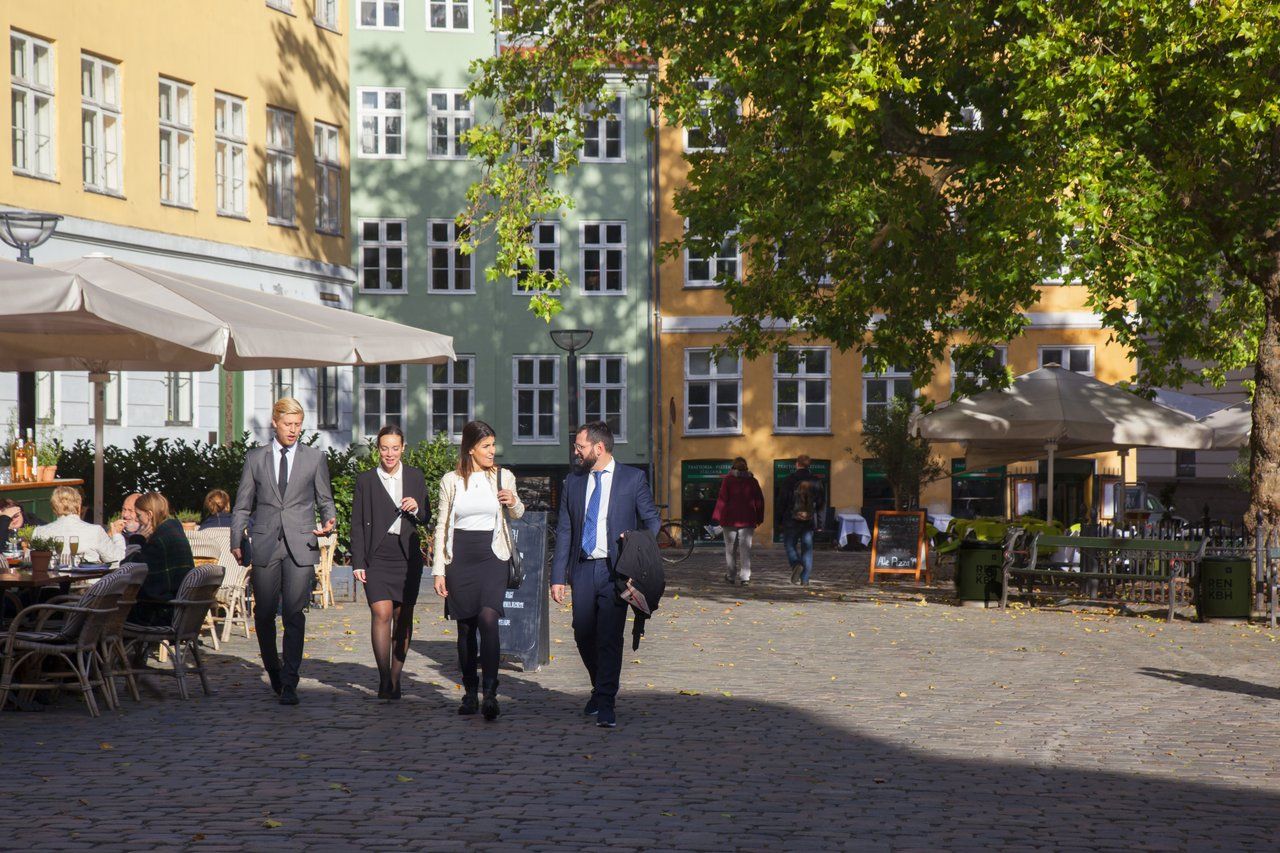There is a difference of six years in life expectancy between the councils with the highest and lowest averages in the country, DR Nyheder reports, based on figures from the social research centre SFI.
Residents of Hørsholm Council can expect to live to 81.2 years of age, whereas in Lolland Council, the population is only expected to make it to 75.9. Those in Copenhagen City Council are also expected to die at a decidedly younger age than Hørsholm – 76.9.
Inequality in the health of the population has been increasing for the past 25 years.
Knud Juel, a research manager at SFI, explained to DR there was a high correlation between the average level of education and income and life expectancy. “In the places where the level of income and education are high there’s generally a healthier lifestyle,” he explained.
In particular, smoking and alcohol are singled out by SFI in explaining the growing inequality in mortality rates in Denmark.














